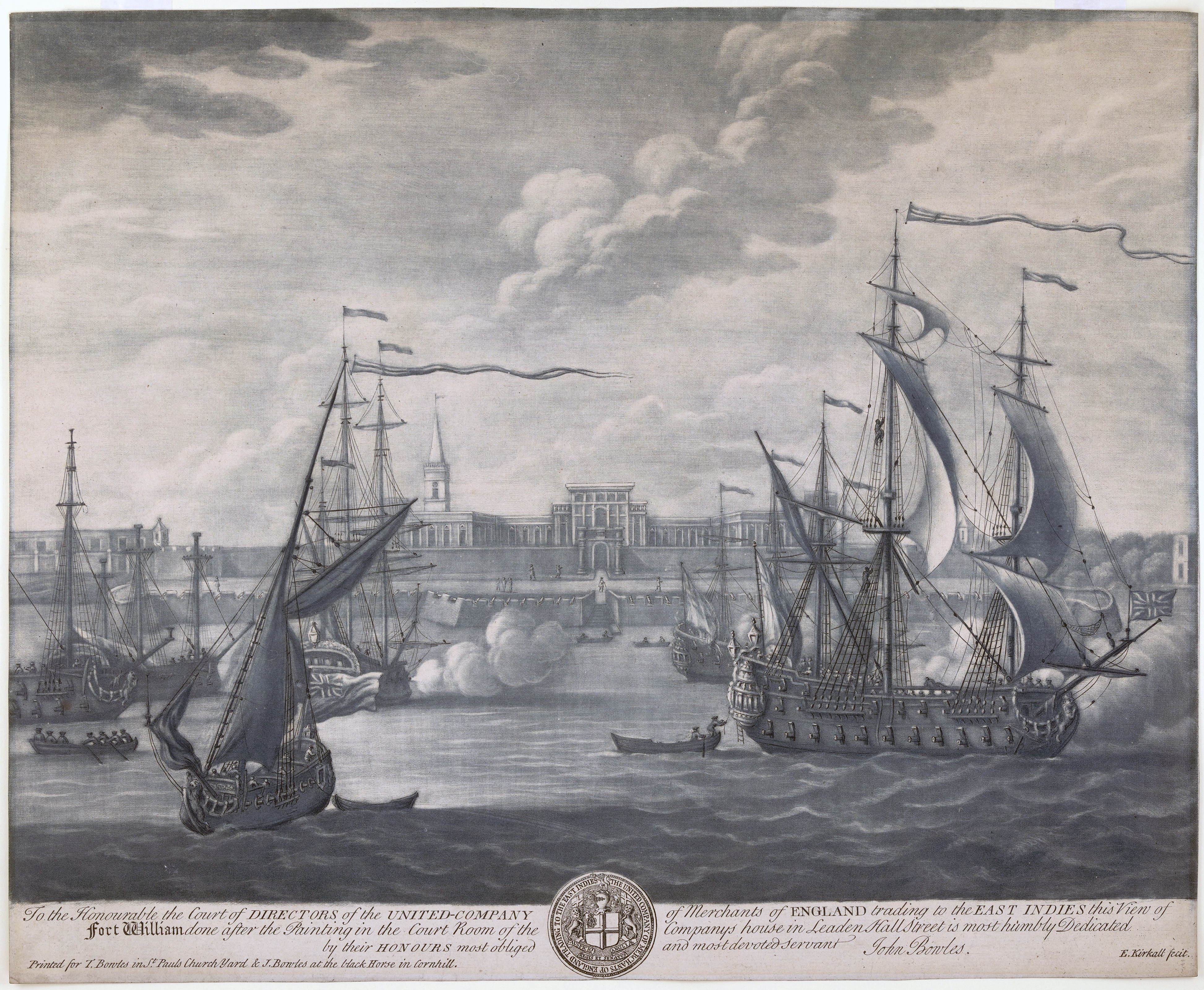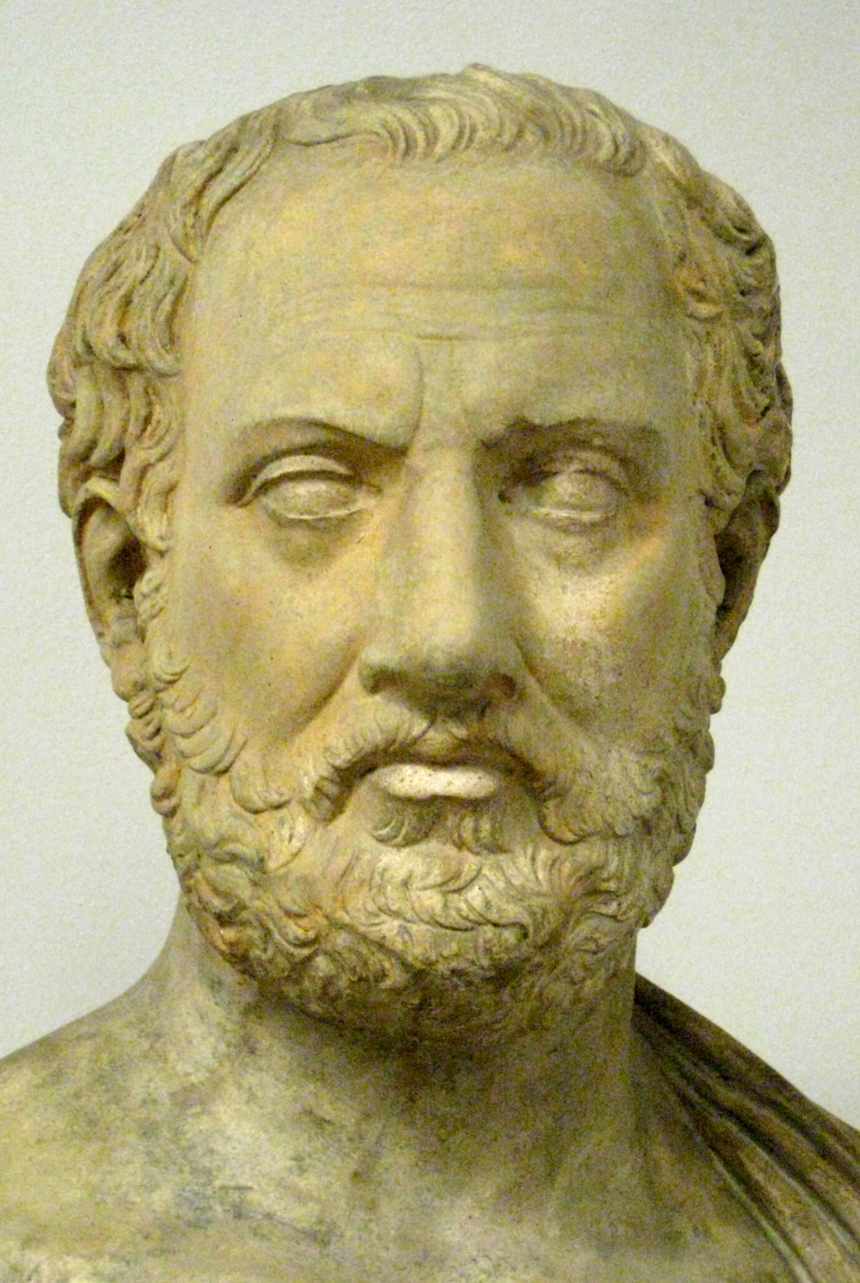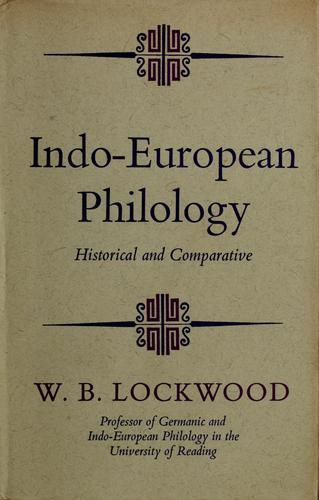|
Rajendralal Mitra
Raja Rajendralal Mitra (16 February 1822 – 26 July 1891) was among the first Indian cultural researchers and historians writing in English. A polymath and the first Indian president of the Asiatic Society of Bengal, he was a pioneering figure in the Bengali Renaissance. Mitra belonged to a respected family of Bengal writers. After studying by himself, he was hired in 1846 as a librarian in the Asiatic Society of Bengal, for which he then worked throughout his life as second secretary, vice president, and finally the first native president in 1885. Mitra published a number of Sanskrit and English texts in the Bibliotheca Indica series, as well as major scholarly works including The antiquities of Orissa (2 volumes, 1875–80), Bodh Gaya (1878), Indo-Aryans (2 volumes, 1881) and more. Early life Raja Rajendralal Mitra was born in Soora (now Beliaghata) in eastern Calcutta (Kolkata), on 16 February 1822 to Janmajeya Mitra. He was the third of Janmajeya's six sons and also had ... [...More Info...] [...Related Items...] OR: [Wikipedia] [Google] [Baidu] |
Calcutta
Kolkata (, or , ; also known as Calcutta , the official name until 2001) is the capital of the Indian state of West Bengal, on the eastern bank of the Hooghly River west of the border with Bangladesh. It is the primary business, commercial, and financial hub of Eastern India and the main port of communication for North-East India. According to the 2011 Indian census, Kolkata is the seventh-most populous city in India, with a population of 45 lakh (4.5 million) residents within the city limits, and a population of over 1.41 crore (14.1 million) residents in the Kolkata Metropolitan Area. It is the third-most populous metropolitan area in India. In 2021, the Kolkata metropolitan area crossed 1.5 crore (15 million) registered voters. The Port of Kolkata is India's oldest operating port and its sole major riverine port. Kolkata is regarded as the cultural capital of India. Kolkata is the second largest Bengali-speaking city after Dhaka ... [...More Info...] [...Related Items...] OR: [Wikipedia] [Google] [Baidu] |
Bengali Language
Bengali ( ), generally known by its endonym Bangla (, ), is an Indo-Aryan language native to the Bengal region of South Asia. It is the official, national, and most widely spoken language of Bangladesh and the second most widely spoken of the 22 scheduled languages of India. With approximately 300 million native speakers and another 37 million as second language speakers, Bengali is the fifth most-spoken native language and the seventh most spoken language by total number of speakers in the world. Bengali is the fifth most spoken Indo-European language. Bengali is the official and national language of Bangladesh, with 98% of Bangladeshis using Bengali as their first language. Within India, Bengali is the official language of the states of West Bengal, Tripura and the Barak Valley region of the state of Assam. It is also a second official language of the Indian state of Jharkhand since September 2011. It is the most widely spoken language in the Andaman and Nic ... [...More Info...] [...Related Items...] OR: [Wikipedia] [Google] [Baidu] |
Historiography Of India
Historiography is the study of the methods of historians in developing history as an academic discipline, and by extension is any body of historical work on a particular subject. The historiography of a specific topic covers how historians have studied that topic using particular sources, techniques, and theoretical approaches. Historiography is defined as "the study of the way history has been and is written – the history of historical writing", which means that, "When you study 'historiography' you do not study the events of the past directly, but the changing interpretations of those events in the works of individual historians." The historiography of India refers to the studies, sources, critical methods and interpretations used by scholars to develop a history of India. In recent decades there have been four main schools of historiography in how historians study India: Cambridge, Nationalist, Marxist, and subaltern. The once common "Orientalist" approach, with its imag ... [...More Info...] [...Related Items...] OR: [Wikipedia] [Google] [Baidu] |
Historical Method
Historical method is the collection of techniques and guidelines that historians use to research and write histories of the past. Secondary sources, primary sources and material evidence such as that derived from archaeology may all be drawn on, and the historian's skill lies in identifying these sources, evaluating their relative authority, and combining their testimony appropriately in order to construct an accurate and reliable picture of past events and environments. In the philosophy of history, the question of the nature, and the possibility, of a sound historical method is raised within the sub-field of epistemology. The study of historical method and of different ways of writing history is known as historiography. Source criticism Source criticism (or information evaluation) is the process of evaluating the qualities of an information source, such as its validity, reliability, and relevance to the subject under investigation. Gilbert J. Garraghan and Jean Delan ... [...More Info...] [...Related Items...] OR: [Wikipedia] [Google] [Baidu] |
The Asiatic Society
The Asiatic Society is a government of India organisation founded during the Company rule in India to enhance and further the cause of "Oriental research", in this case, research into India and the surrounding regions. It was founded by the philologist William Jones on 15 January 1784 in a meeting presided over by Justice Robert Chambers in Calcutta, the then-capital of the Presidency of Fort William. At the time of its foundation, this Society was named as "Asiatick Society". In 1825, the society was renamed as "The Asiatic Society". In 1832 the name was changed to "The Asiatic Society of Bengal" and again in 1936 it was renamed as "The Royal Asiatic Society of Bengal". Finally, on 1 July 1951, the name of the society was changed to its present one. The Society is housed in a building at Park Street in Kolkata (Calcutta). The Society moved into this building during 1808. In 1823, the Medical and Physical Society of Calcutta was formed and all the meetings of this society ... [...More Info...] [...Related Items...] OR: [Wikipedia] [Google] [Baidu] |
Philology
Philology () is the study of language in oral and written historical sources; it is the intersection of textual criticism, literary criticism, history, and linguistics (with especially strong ties to etymology). Philology is also defined as the study of literary texts as well as oral and written records, the establishment of their authenticity and their original form, and the determination of their meaning. A person who pursues this kind of study is known as a philologist. In older usage, especially British, philology is more general, covering comparative and historical linguistics. Classical philology studies classical languages. Classical philology principally originated from the Library of Pergamum and the Library of Alexandria around the fourth century BC, continued by Greeks and Romans throughout the Roman/Byzantine Empire. It was eventually resumed by European scholars of the Renaissance, where it was soon joined by philologies of other European ( Germanic, Celti ... [...More Info...] [...Related Items...] OR: [Wikipedia] [Google] [Baidu] |
German Language
German ( ) is a West Germanic language mainly spoken in Central Europe. It is the most widely spoken and official or co-official language in Germany, Austria, Switzerland, Liechtenstein, and the Italian province of South Tyrol. It is also a co-official language of Luxembourg and Belgium, as well as a national language in Namibia. Outside Germany, it is also spoken by German communities in France ( Bas-Rhin), Czech Republic (North Bohemia), Poland ( Upper Silesia), Slovakia (Bratislava Region), and Hungary ( Sopron). German is most similar to other languages within the West Germanic language branch, including Afrikaans, Dutch, English, the Frisian languages, Low German, Luxembourgish, Scots, and Yiddish. It also contains close similarities in vocabulary to some languages in the North Germanic group, such as Danish, Norwegian, and Swedish. German is the second most widely spoken Germanic language after English, which is also a West Germanic language. German ... [...More Info...] [...Related Items...] OR: [Wikipedia] [Google] [Baidu] |
French Language
French ( or ) is a Romance language of the Indo-European family. It descended from the Vulgar Latin of the Roman Empire, as did all Romance languages. French evolved from Gallo-Romance, the Latin spoken in Gaul, and more specifically in Northern Gaul. Its closest relatives are the other langues d'oïl—languages historically spoken in northern France and in southern Belgium, which French (Francien) largely supplanted. French was also influenced by native Celtic languages of Northern Roman Gaul like Gallia Belgica and by the ( Germanic) Frankish language of the post-Roman Frankish invaders. Today, owing to France's past overseas expansion, there are numerous French-based creole languages, most notably Haitian Creole. A French-speaking person or nation may be referred to as Francophone in both English and French. French is an official language in 29 countries across multiple continents, most of which are members of the '' Organisation internationale de la Francopho ... [...More Info...] [...Related Items...] OR: [Wikipedia] [Google] [Baidu] |
Latin
Latin (, or , ) is a classical language belonging to the Italic branch of the Indo-European languages. Latin was originally a dialect spoken in the lower Tiber area (then known as Latium) around present-day Rome, but through the power of the Roman Republic it became the dominant language in the Italian region and subsequently throughout the Roman Empire. Even after the fall of Western Rome, Latin remained the common language of international communication, science, scholarship and academia in Europe until well into the 18th century, when other regional vernaculars (including its own descendants, the Romance languages) supplanted it in common academic and political usage, and it eventually became a dead language in the modern linguistic definition. Latin is a highly inflected language, with three distinct genders (masculine, feminine, and neuter), six or seven noun cases (nominative, accusative, genitive, dative, ablative, and vocative), five declensions, four ... [...More Info...] [...Related Items...] OR: [Wikipedia] [Google] [Baidu] |
Greek Language
Greek ( el, label= Modern Greek, Ελληνικά, Elliniká, ; grc, Ἑλληνική, Hellēnikḗ) is an independent branch of the Indo-European family of languages, native to Greece, Cyprus, southern Italy (Calabria and Salento), southern Albania, and other regions of the Balkans, the Black Sea coast, Asia Minor, and the Eastern Mediterranean. It has the longest documented history of any Indo-European language, spanning at least 3,400 years of written records. Its writing system is the Greek alphabet, which has been used for approximately 2,800 years; previously, Greek was recorded in writing systems such as Linear B and the Cypriot syllabary. The alphabet arose from the Phoenician script and was in turn the basis of the Latin, Cyrillic, Armenian, Coptic, Gothic, and many other writing systems. The Greek language holds a very important place in the history of the Western world. Beginning with the epics of Homer, ancient Greek literature includes many works of l ... [...More Info...] [...Related Items...] OR: [Wikipedia] [Google] [Baidu] |
Law School
A law school (also known as a law centre or college of law) is an institution specializing in legal education, usually involved as part of a process for becoming a lawyer within a given jurisdiction. Law degrees Argentina In Argentina, lawyers-to-be need to obtain an undergraduate degree in law in order to practice the profession, as opposed to the US system in which a law degree is not obtained until successfully completing a postgraduate program. In spite of that, it is customary to call Argentine lawyers 'doctors,' although the vast majority of them do not hold a Juris Doctor degree. The reason lies in that the career was originally called 'Doctorate in Laws' (''Doctorado en Leyes''), which was an undergraduate degree. There were no graduate studies available in the country at the time of its creation, and they would be instituted only in 1949. After the university reform of 1918 the career was renamed 'Attorney'. It is 5–6 years long, some universities also offering ... [...More Info...] [...Related Items...] OR: [Wikipedia] [Google] [Baidu] |
Medical College And Hospital, Kolkata
, mottoeng = Humanity and Science , type = Public medical school , established = , founder = Lord William Bentinck , principal = Raghunath Mishra , faculty = 249 () , students = 1,891 () , undergrad = 1,245 () , postgrad = 646 () , doctoral = , campus = Urban , address = 88 College Street, Kolkata 700001 , coordinates = , academic_affiliations = , website = Calcutta Medical College, officially Medical College and Hospital, Kolkata, is a public medical school and hospital in Kolkata, West Bengal, India. It is the oldest existing hospital in Asia. The institute was established on 28 January 1835 by Lord William Bentinck during British Raj as Medical College, Bengal. It is the second oldest medical college to teach Western medicine in Asia after Ecole de Médicine de Pondiché ... [...More Info...] [...Related Items...] OR: [Wikipedia] [Google] [Baidu] |









